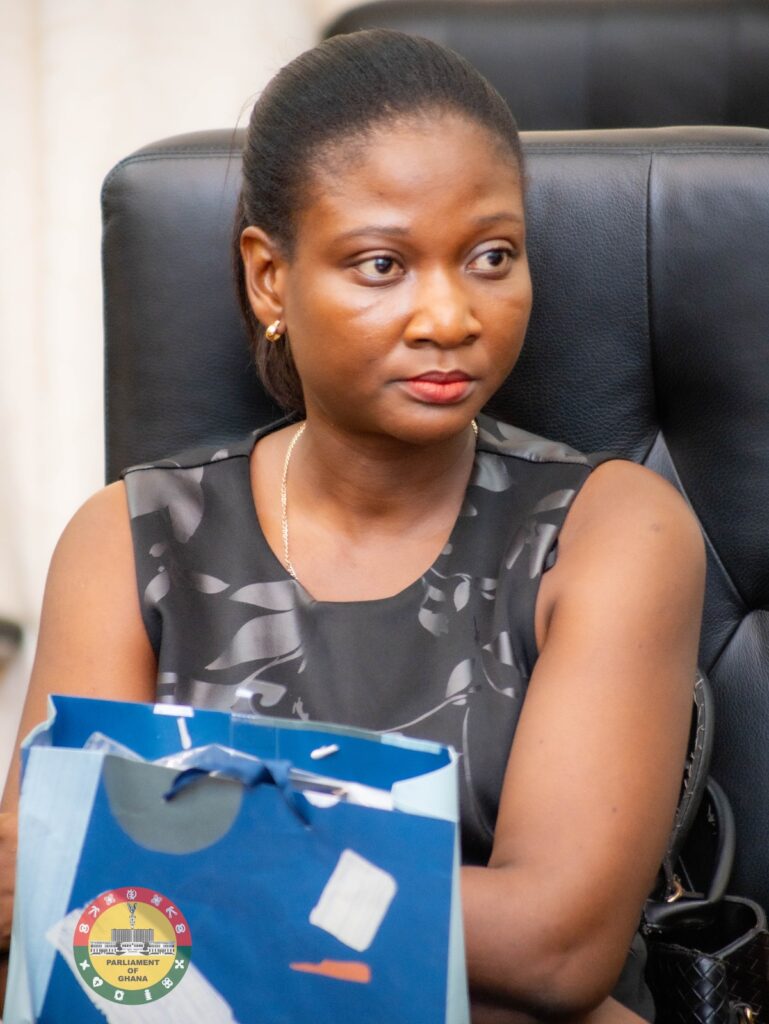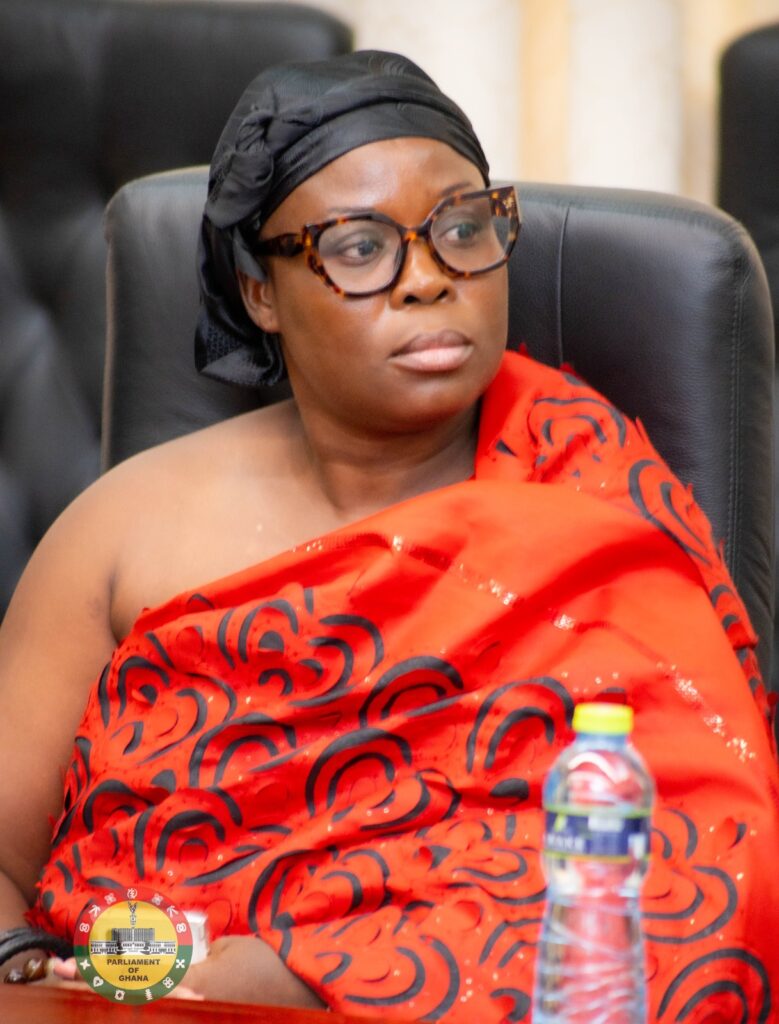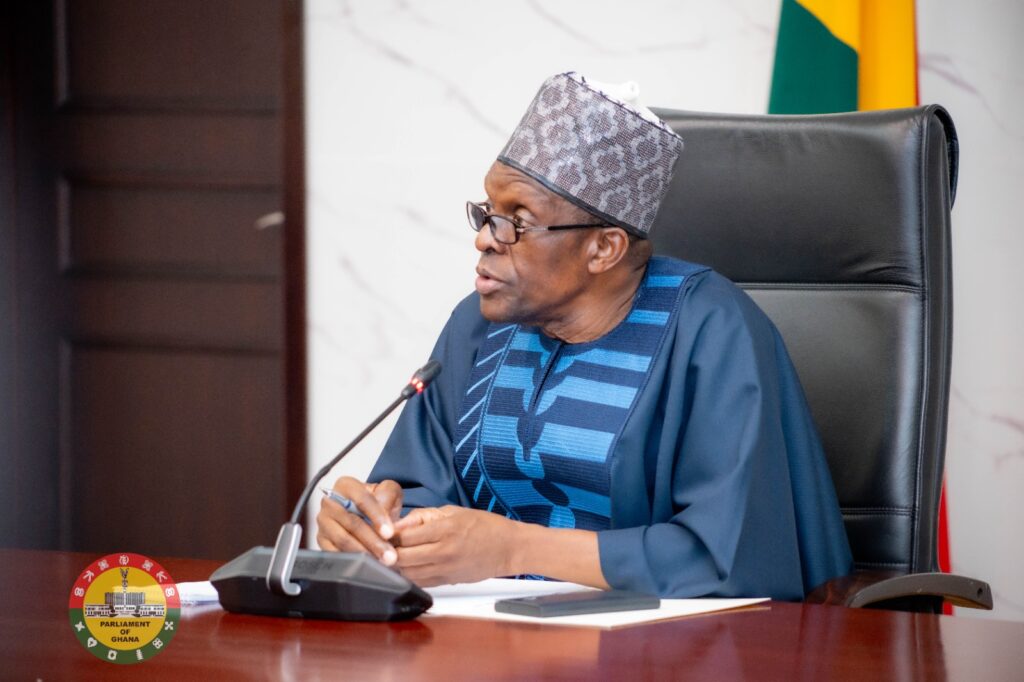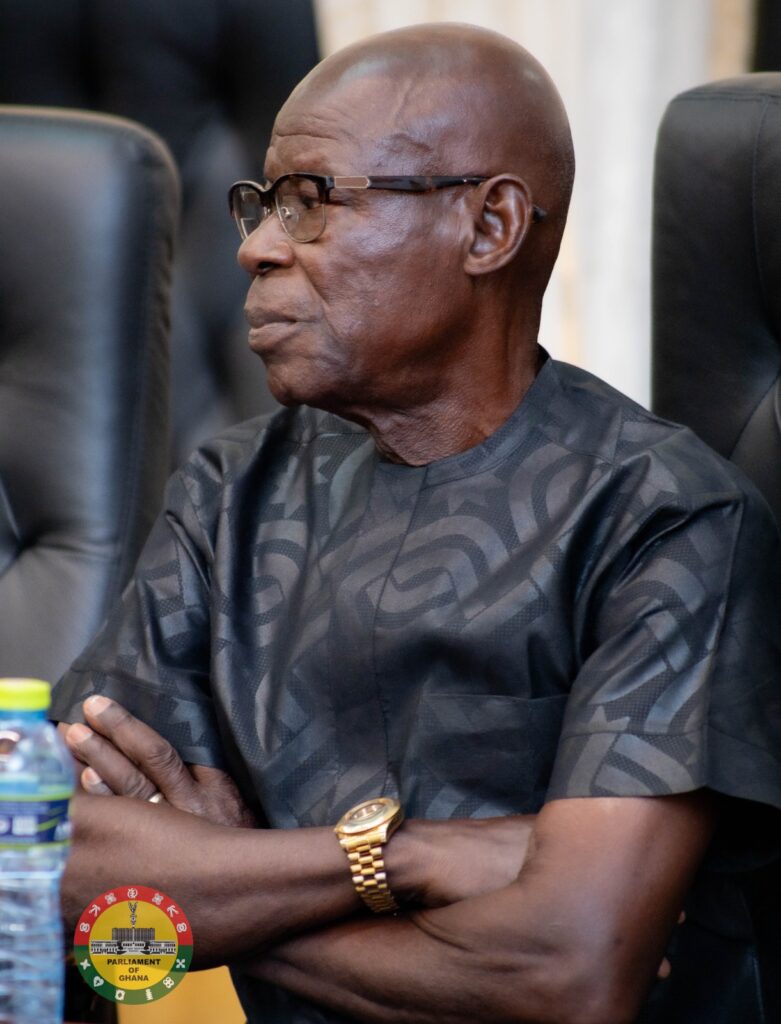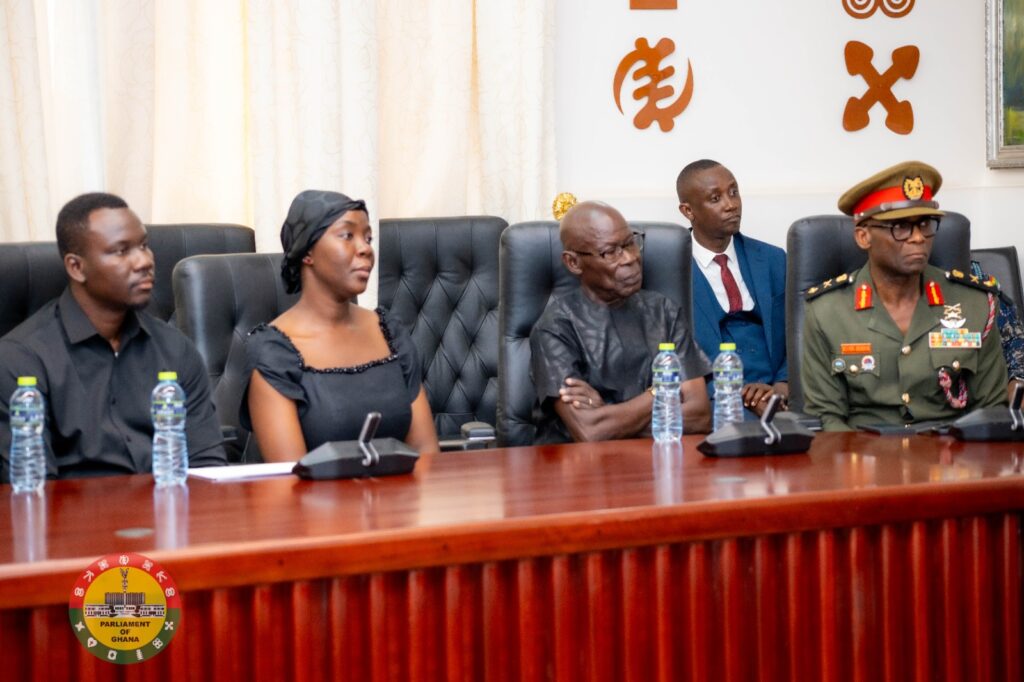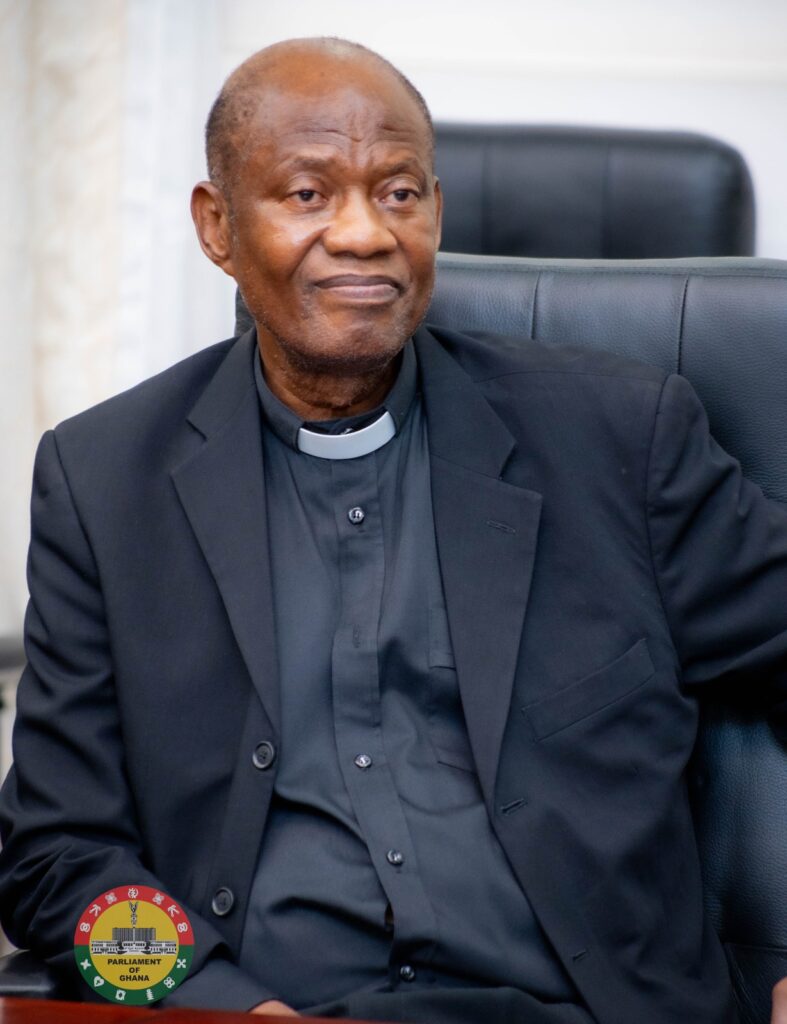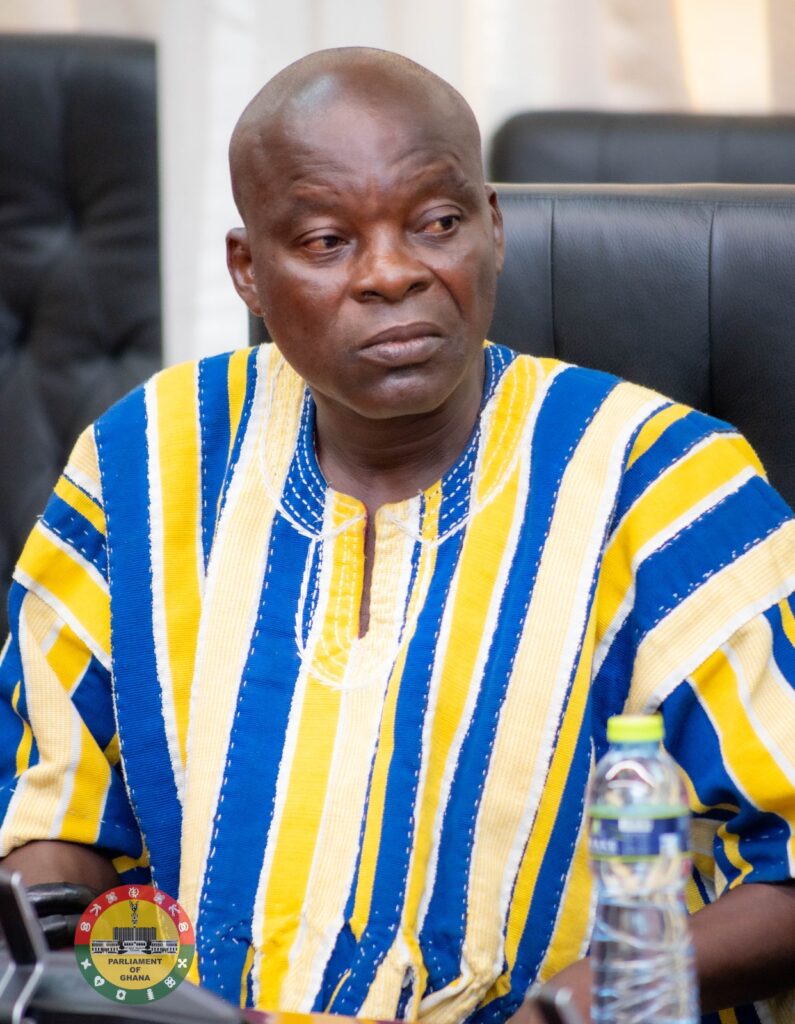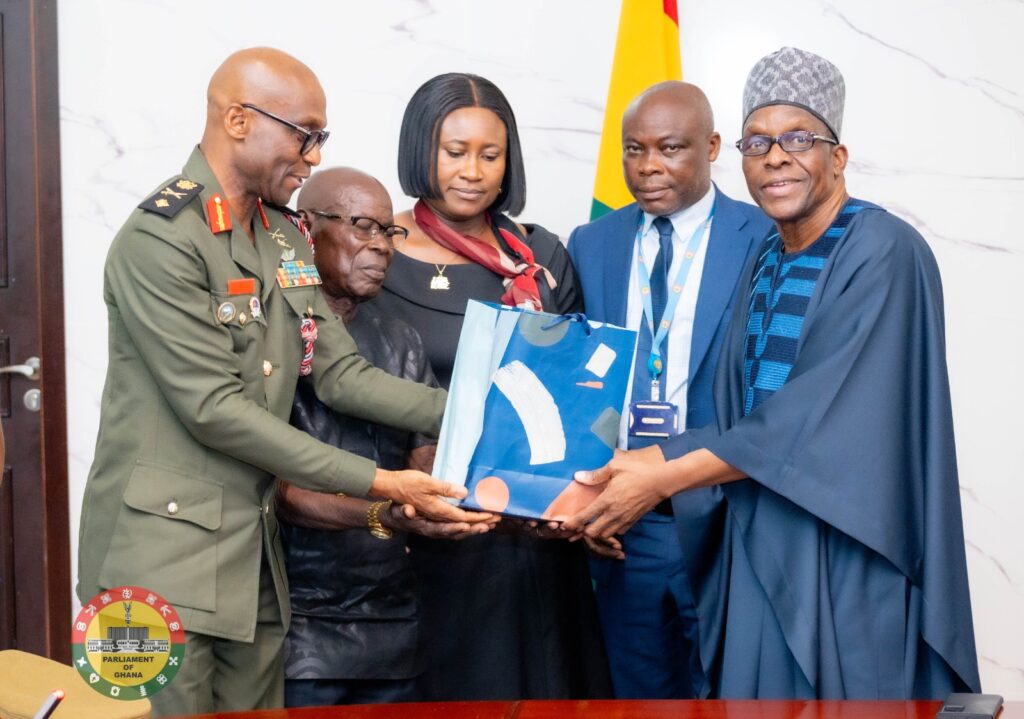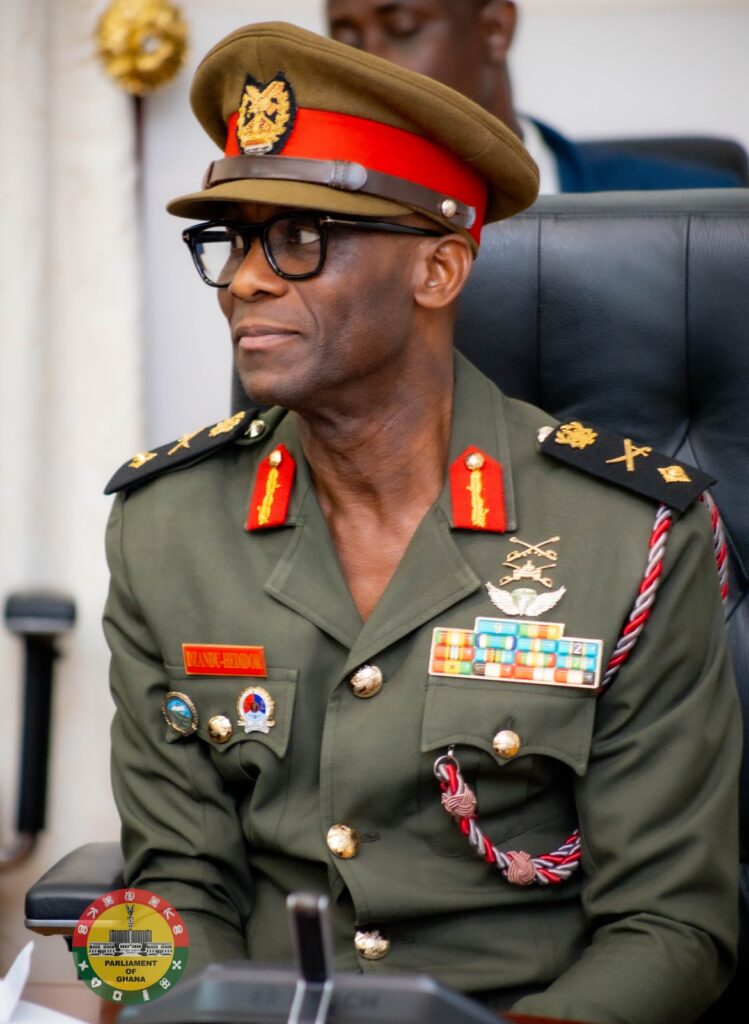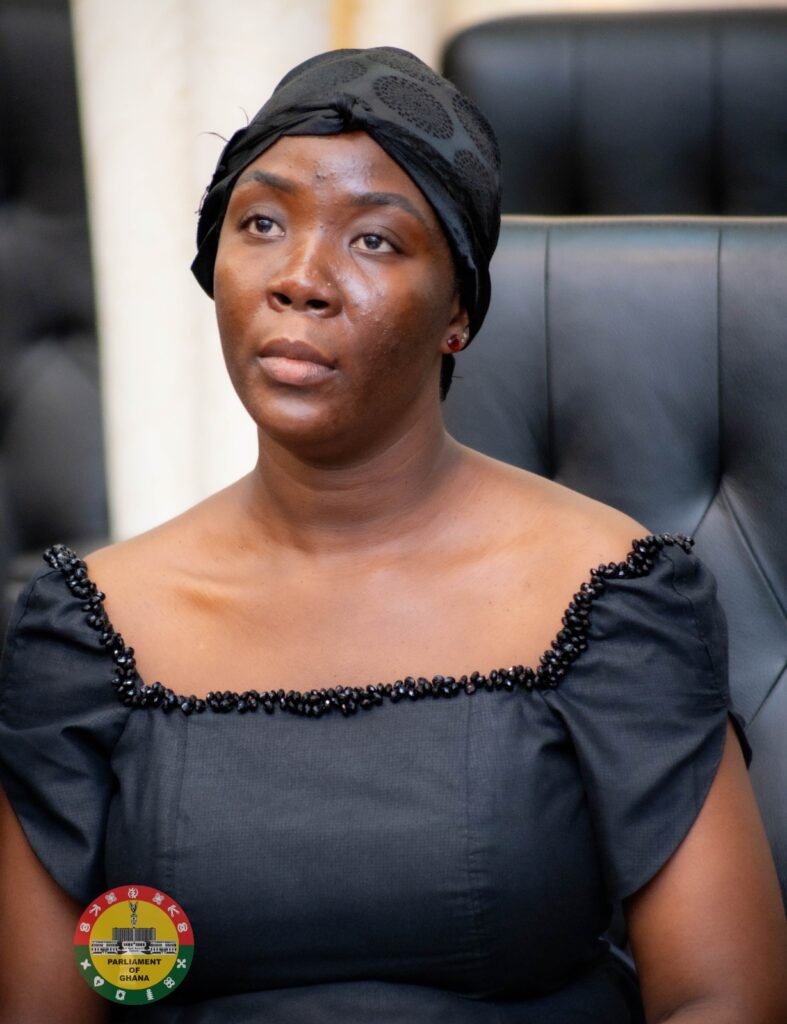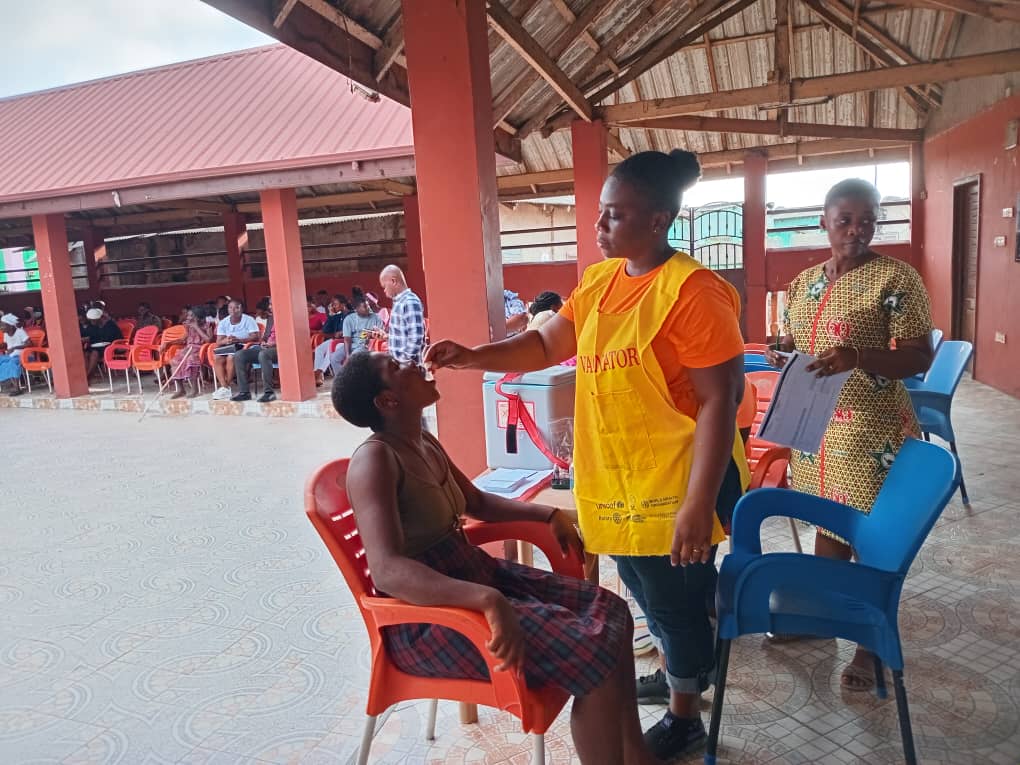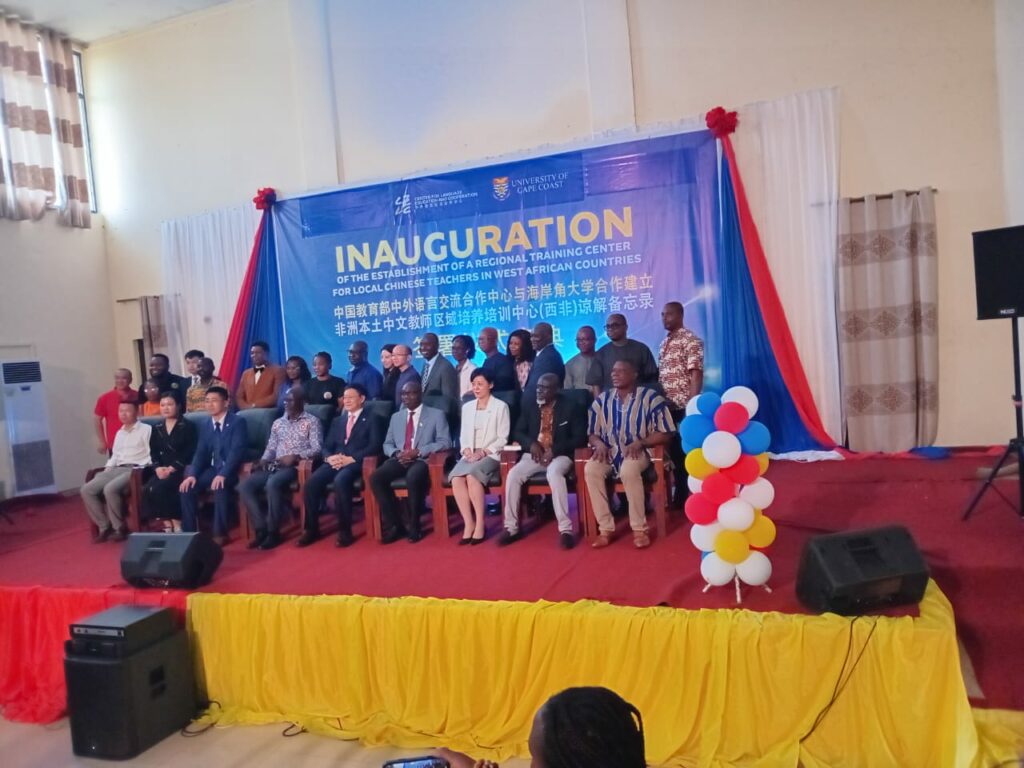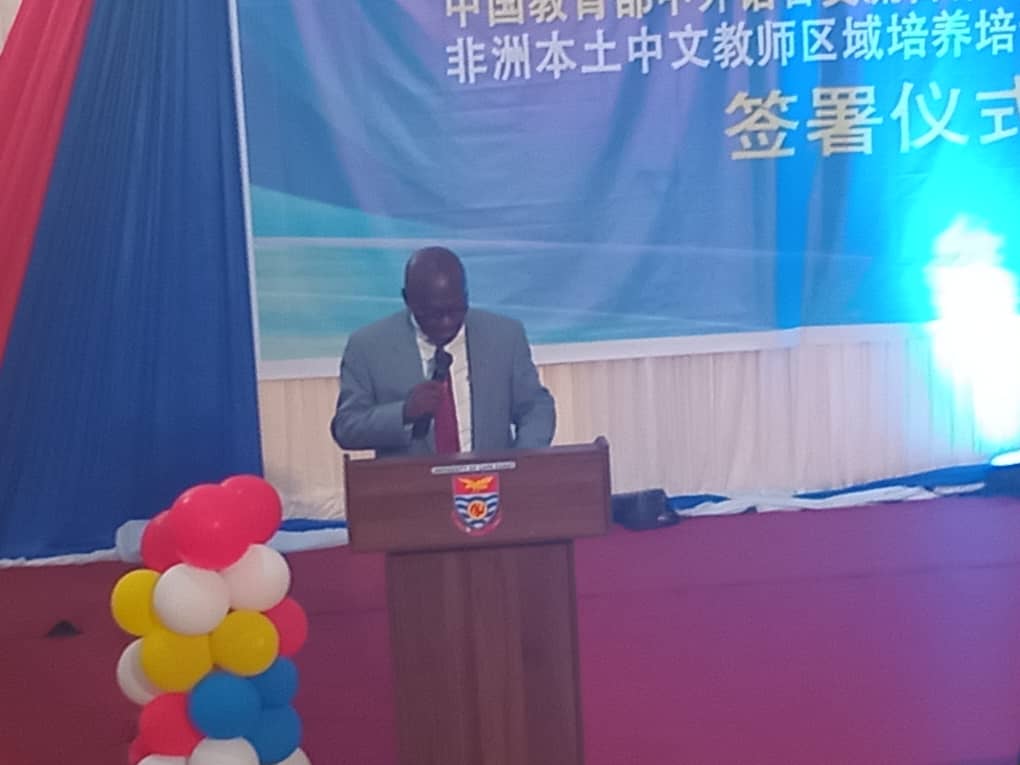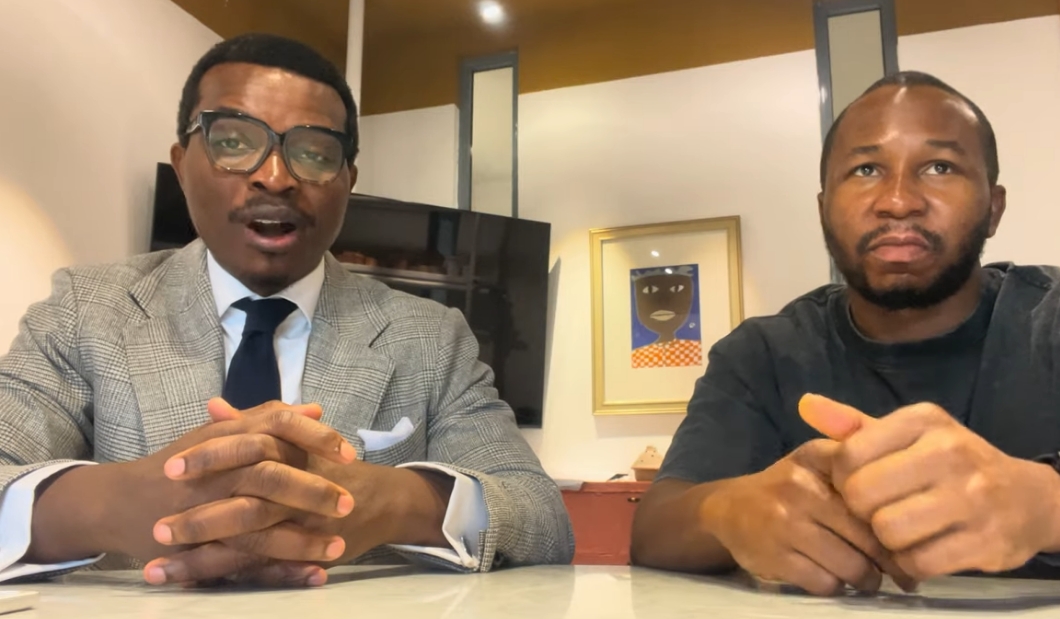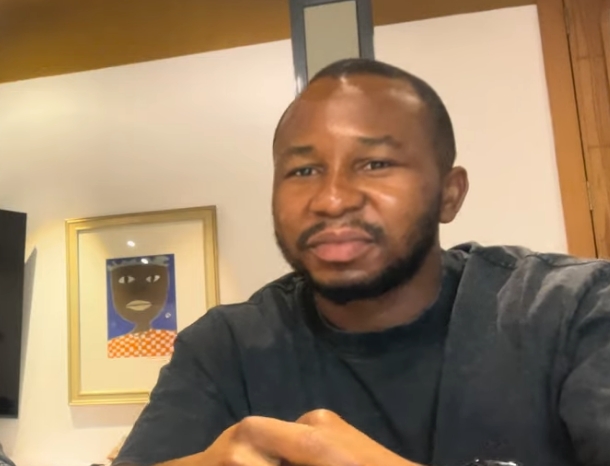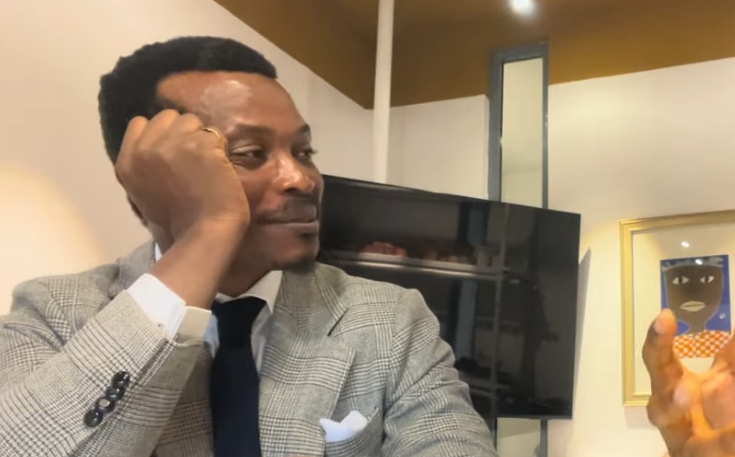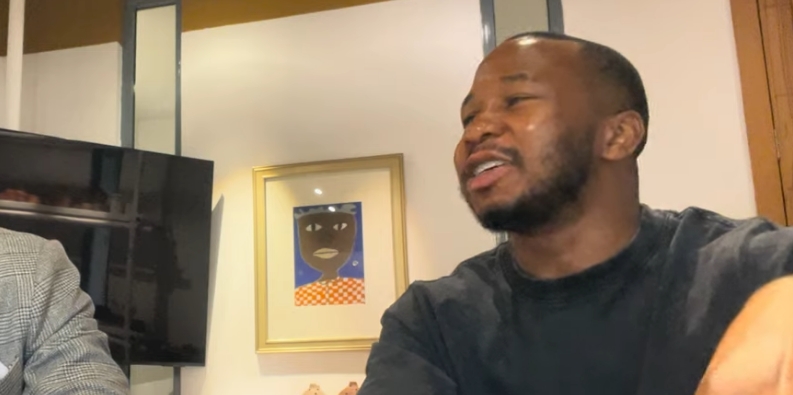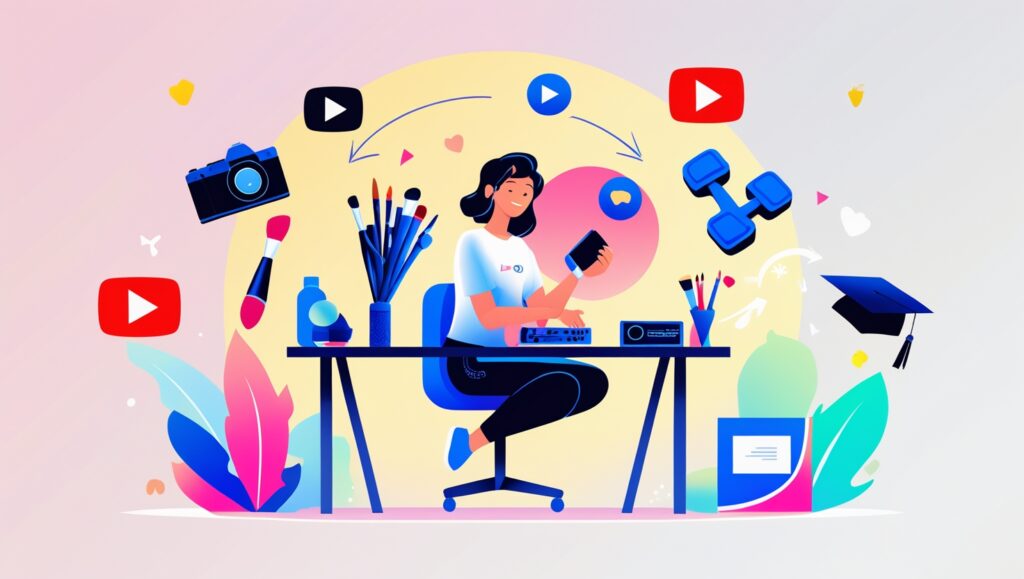From Joana Kumi, Winneba
Students at the University of Education, Winneba (UEW), have been sensitized on sexual harassment and the need to report such incidents without fear.
The event, organized by UEW’s Gender Mainstreaming Directorate in collaboration with Perfector of Sentiments (POS) and sponsored by Amplify Change, featured a panel discussion where experts shed light on the various forms of harassment and the legal consequences attached.
Legal officer at UEW, Lawyer Kwasi Ndom Dampson, underscored that sexual harassment takes both verbal and non-verbal forms and is often trivialized.
“Many people engage in harassment without realizing it. Offensive words, sexist slurs, sexually suggestive stares, and even nicknames like ‘sweetest,’ ‘sexy,’ ‘baby,’ ‘my girlfriend,’ or ‘my boyfriend’ can be considered harassment and carry serious repercussions,” he explained.
He further highlighted that society tends to downplay certain behaviors, but they can have severe legal consequences when reported.
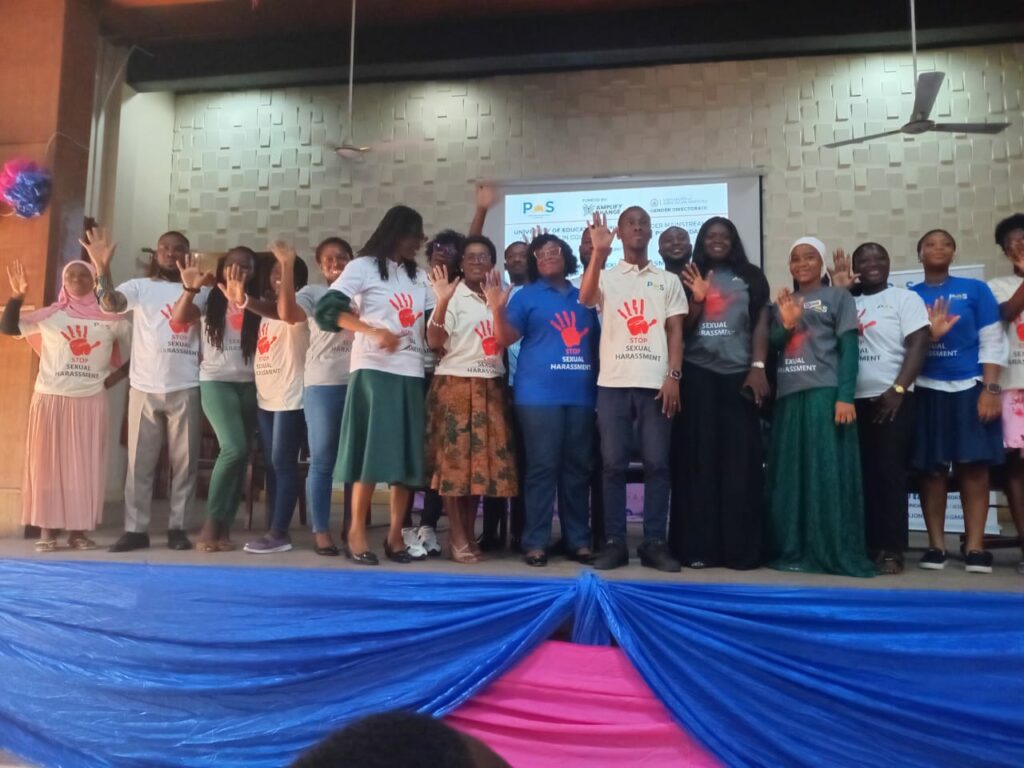
“Under Article 15 of the 1992 Constitution, anyone found guilty of sexual harassment can face imprisonment ranging from a day to six months,” he warned.
Director of the Office for Institutional Advancement, Prof. Lucy Effah Attom, encouraged students to speak up when faced harassed.
“The patriarchal system often silences women, making them feel less human. But we must move past the stigma that discourages victims from speaking out,” she stated.
She also emphasized that power dynamics play a significant role in harassment, urging continuous education on the issue.
She urged UEW students “to read the school’s handbook on sexual harassment because ignorance will not be an excuse,” she added.
Madam Mercy Catherine Adjebeng, another speaker, noted that many cultural beliefs that treat women as property after a bride price payment must be challenged noting that “when you question such norms, you are often criticized, but we need to push for change,” she stated.
Former Pro-Vice-Chancellor and senior lecturer at the Department of Communication Studies, UEW, Prof. Andy Ofori-Birikorang, blamed entrenched patriarchal attitudes for perpetuating harassment.
“Men have been conditioned to believe they own women’s bodies. We need to reshape these beliefs through awareness,” he asserted.
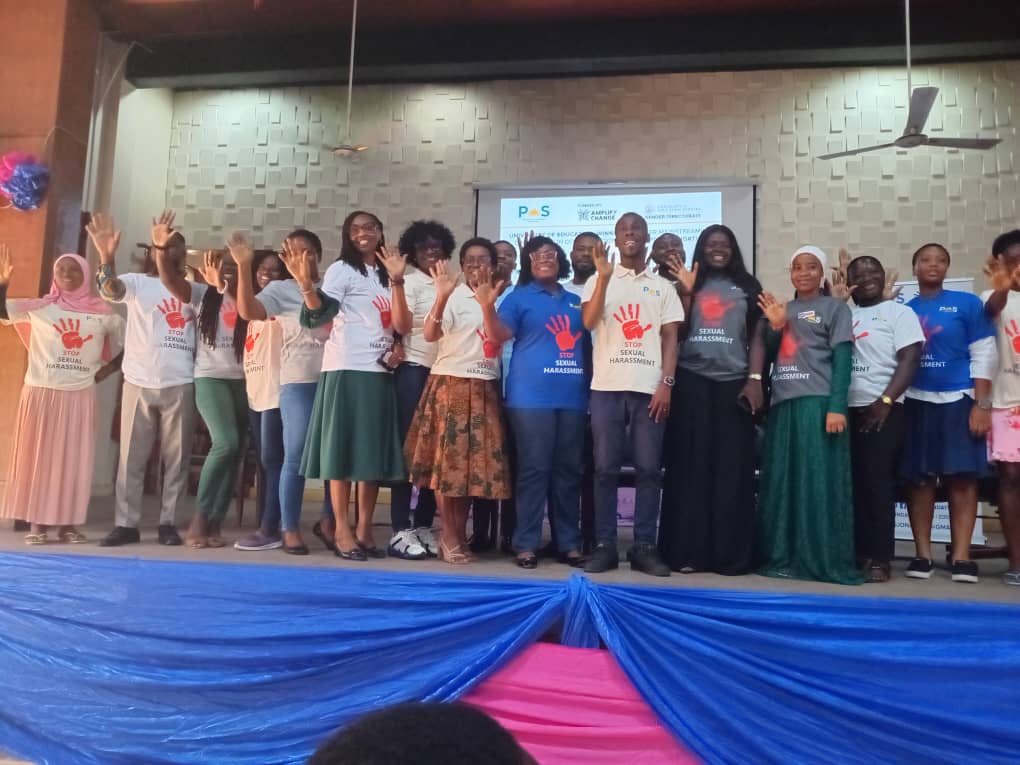
He urged that men be included in all discussions on sexual harassment, as they are often the perpetrators.
“Men must be part of the education process. This is not just a women’s issue,” he emphasized.
The Founder and Executive Director of POS, Mr. Jonathan Osei Owusu, revealed that his organization is spearheading educational campaigns in five universities across Ghana—UCC, the University of Ghana, KNUST, UEW, and UDS—to intensify awareness of sexual harassment.
“Sexual harassment must be eradicated, especially in our educational institutions,” he declared.
He emphasized the importance of consent, stating, “Your body is yours. My body, my integrity—it’s mine.”
He called on institutions to take harassment seriously and ensure the safety of victims who come forward. “If we create safer learning environments, we build stronger societies,” he concluded.






